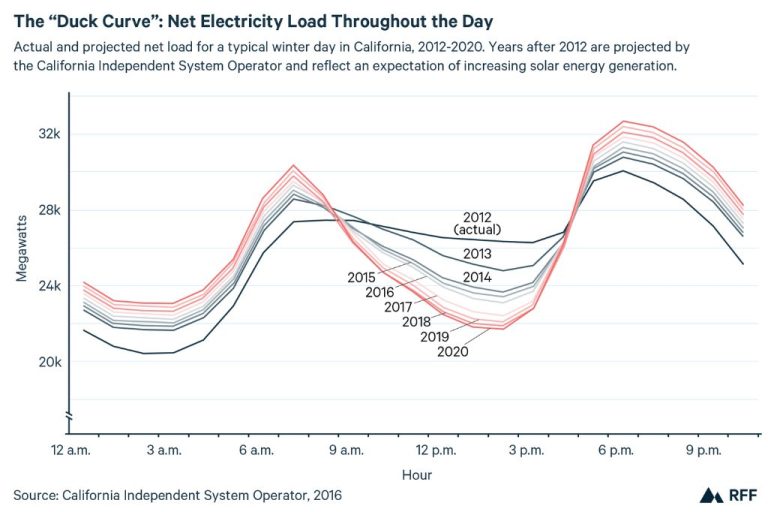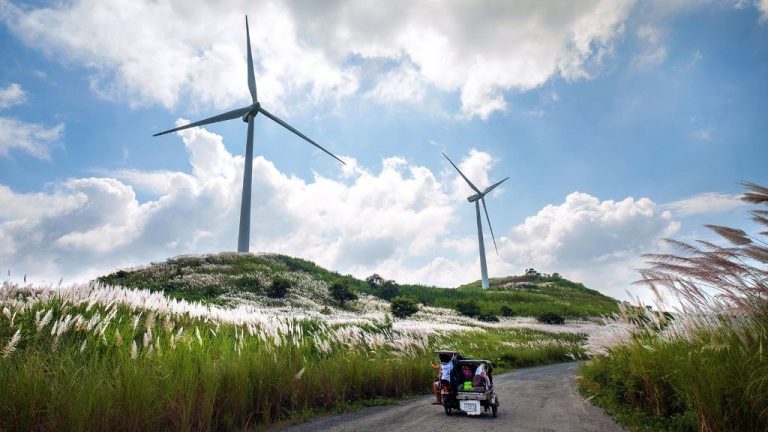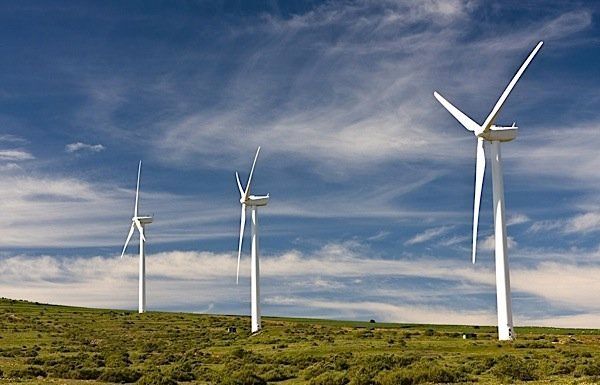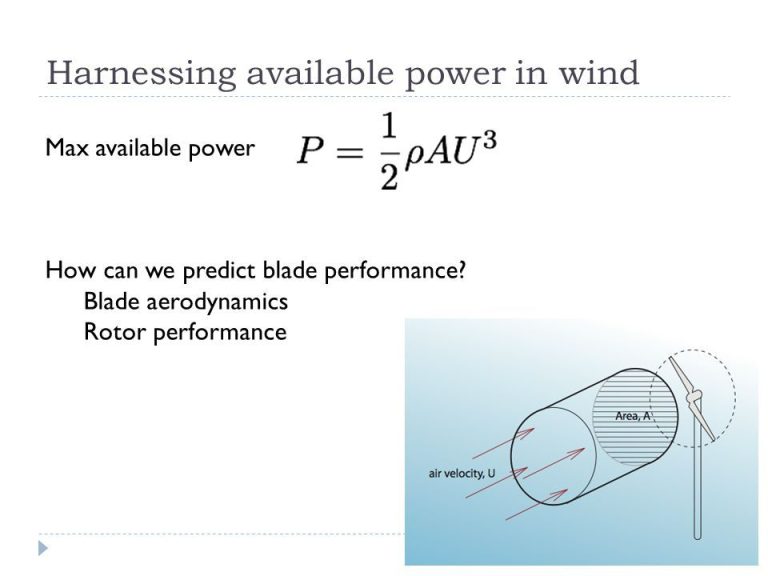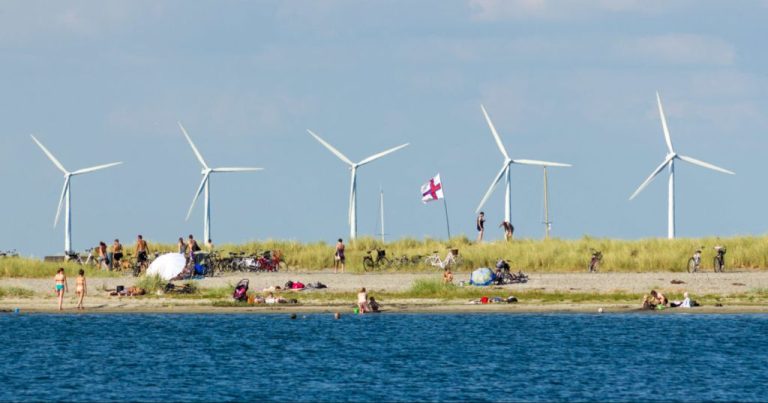How Tall Are The Wind Turbines In New Mexico?
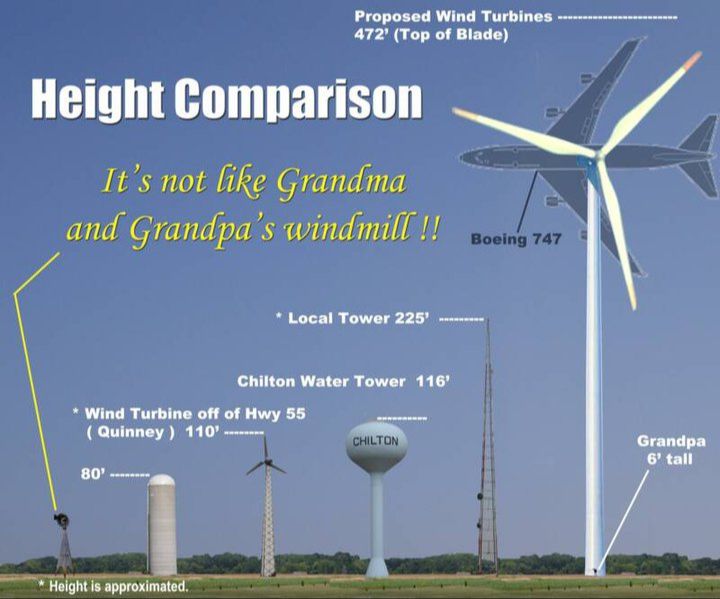
New Mexico has excellent wind energy resources and ranks 15th in the United States for installed wind power capacity. As of 2021, New Mexico has 2,043 megawatts of installed wind power capacity from 34 projects across the state (Wind Energy in New Mexico – WINDExchange). Wind power accounts for 13% of New Mexico’s electricity generation.
The height of wind turbines is an important factor in wind energy production. Taller turbines can capture stronger winds and generate more electricity. They also reduce turbulence and maximize energy capture. However, there are regulations, economic considerations, and environmental impacts to consider regarding turbine height.
This article will provide an overview of the average and tallest wind turbine heights in New Mexico. It will examine what influences turbine height, limitations, future trends, comparisons to other states, and potential environmental impacts. The goal is to give readers a comprehensive understanding of wind turbine heights and their role in wind energy production in New Mexico.
Average Wind Turbine Heights
Modern wind turbines are typically much taller than earlier generations. According to Cooperative Living, the average wind turbine height has increased from about 190 feet in 2000 to nearly 300 feet today, which is almost as tall as the Statue of Liberty. In the early days of wind power, turbines were often less than 100 feet tall.
Currently, most commercial-scale wind turbines range in height from 200 to 500 feet. According to ClimateBiz, utility-scale wind turbines average around 300 feet tall with rotor diameters of about 300 feet as well. The turbine height largely depends on the rotor diameter, as larger rotors require taller towers for optimal performance.
So while historical wind turbines were typically under 200 feet, modern wind turbines now average around 300 feet but can reach up to 500 feet for the largest models. The growth in average height has been crucial for harvesting more wind energy.
Tallest Turbines in NM
The tallest wind turbines in New Mexico will be part of the massive SunZia Wind project, which will utilize GE Vernova turbines. According to GE, SunZia has ordered 674 of GE’s 3.6-154 onshore wind turbines, each standing 640 feet (195 meters) tall from base to blade tip when a blade is in its 12 o’clock position.
The 3.6-154 turbines feature a rotor diameter of 538 feet and are designed specifically for low to medium wind speed sites. They can generate up to 4.8 megawatts of power at wind speeds as low as 7 miles per hour. The massive size and power generation capabilities make the 3.6-154 well suited for a utility-scale wind project like SunZia.
The SunZia Wind project spans 550 square miles in Lincoln and Torrance counties in central New Mexico. It will be the largest wind energy facility in North America once complete, with capacity for up to 3,500 megawatts of electricity. Installation of the first GE turbines is slated for 2023.
Factors Influencing Height
There are several key factors that influence the height of wind turbines in New Mexico:
Wind speed and wind resources are a major consideration. Taller towers allow turbines to access faster, less turbulent winds, which increases energy production. However, there are transportation constraints on the maximum tower height and size that can be transported by truck or rail to the wind farm site (Source 1).
Aviation regulations also limit the maximum allowable height of turbines located near airports or flight paths. The Federal Aviation Administration (FAA) has established guidelines restricting turbine heights to avoid interference with radar and aircraft navigation (Source 2).
There are also aesthetic concerns, as very tall turbines may be considered an eyesore or detract from scenic landscapes. Some local regulations limit turbine height for this reason.
Height Regulations
In New Mexico, wind turbine height is regulated at both the state and local levels. The state has established wind energy facility permitting requirements that include limits on turbine height. According to the New Mexico Energy, Minerals and Natural Resources Department’s Wind Energy Facility Permitting Guidelines, the maximum turbine height cannot exceed 500 feet unless waived by the county or municipality (Wind Energy Guidelines).
At the local level, many counties and municipalities in New Mexico have zoning laws and ordinances that regulate wind turbine height. For example, Rio Arriba County limits commercial wind turbine height to 120 feet in residential areas and 200 feet in other zones (Wind Energy Policies and Incentives – WINDExchange). The city of Santa Fe prohibits wind turbines over 100 feet tall in residential districts (Wind Energy Guidelines). Local zoning laws help regulate visual impacts and preserve community character while enabling wind energy development.
Height and Energy Production
There is a direct relationship between wind turbine height and energy output. Taller wind turbines are able to access faster wind speeds as wind velocity increases with altitude. Turbines that are 100 meters tall generate over 40% more power than turbines at 80 meters tall. This is because wind speeds are around 25% higher at 100 meters compared to 80 meters above ground.
However, there are diminishing returns when wind turbine heights become too great. The cost of materials, transportation, and construction increases exponentially with height. Maintenance and repairs also become more difficult and dangerous. Beyond around 120 meters, the marginal increase in power production is small compared to the higher costs involved. Most experts agree the ideal height for modern wind turbines to maximize power output while minimizing costs is around 100 meters.
According to the U.S. Department of Energy, the average hub height for land-based wind turbines has increased 73% from 1998-1999 to about 98 meters in 2022.
Source: https://www.energy.gov/eere/articles/wind-turbines-bigger-better
Future Trends
As the wind energy industry continues to mature and advance, wind turbines are expected to continue increasing in size and height. According to the U.S. Department of Energy, the average hub height for land-based wind turbines has increased over 70% since the late 1990s, reaching around 98 meters (322 feet) in 2022 (https://www.energy.gov/eere/articles/wind-turbines-bigger-better). Research by Lawrence Berkeley National Laboratory predicts turbines may become over 60% taller than those installed in the last decade, potentially reaching hub heights of 140 meters or more by 2030 (https://www.renewableenergyworld.com/wind-power/taller-larger-louder-lbnl-looks-at-future-wind-turbine-trends/).
Several factors are driving the continued scaling up of wind turbines. Taller towers allow access to stronger and more consistent winds at higher elevations. Larger rotors swept a greater area, enabling more energy capture. Improvements in materials, advanced composites, and turbine design also enable manufacturers to build larger components and taller towers. New transportation methods may emerge to move these massive structures from factory to field sites.
Comparisons to Other States
The average wind turbine height in New Mexico is comparable to the national average. According to the U.S. Department of Energy’s Land-Based Wind Energy report, the average hub height for new U.S. wind turbines installed in 2019 was 105 meters or 344 feet. New Mexico’s average is right around this national benchmark.
While New Mexico doesn’t have any record-breaking turbine heights, its consistent wind resources allow efficient turbine performance at average hub heights. The state does not require turbines taller than other states. New Mexico’s favorable wind speeds and flat terrain enable turbines with typical heights to maximize energy production.
In states like Indiana and Ohio, taller turbines above 100 meters are sometimes required to access steadier winds at higher elevations above the variable terrain. New Mexico’s windswept plains do not necessitate excessively tall turbines. The state’s relatively low turbulence facilitates efficient wind energy generation at moderate heights.
Environmental Impact
One environmental concern related to wind turbine height is bird and bat mortality. Studies have found that taller wind turbines pose an increased collision risk for birds and bats. One report found bat mortality increased by 53% at turbines over 350 feet compared to shorter turbines (Verma et al., 2022).
However, mitigation strategies can help reduce bird and bat deaths. Careful site selection to avoid major migration routes is important. Deterrent devices that emit sounds bats can hear but humans cannot have also proven effective at reducing bat mortality by over 50% (CSS, n.d.). Curtailing turbine operations during peak migration times for bats and birds can also help.
Overall, thoughtfully sited and operated tall turbines do not necessarily lead to high avian and bat mortality. With proper impact assessments and mitigation strategies, taller turbines can reduce the overall environmental footprint of wind energy while minimizing harm to local wildlife populations.
Conclusion
In summary, wind turbines in New Mexico tend to be quite tall. The average height of a wind turbine in the state is around 230 feet, though the tallest can reach over 500 feet. Factors like wind speed, blade length, and regulations influence how tall turbines are built. In general, taller turbines can capture more wind energy, produce more power, and be more cost effective. However, they also raise environmental concerns regarding bird and bat mortality, radar interference, and impacts on viewsheds.
Compared to other states, New Mexico has some of the tallest wind turbines, enabled by its high wind speeds and limited regulations. As technology continues improving, turbines are likely to become even taller. But communities will have to weigh the benefits of increased renewable energy production against the potential downsides of larger turbines dotting the landscape.
Overall, the significant height of New Mexico’s wind turbines reflects the state’s abundant wind resources and the drive to maximize renewable energy generation. But taller turbines increasingly impact wildlife and views, requiring informed policymaking to find the right balance.

